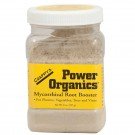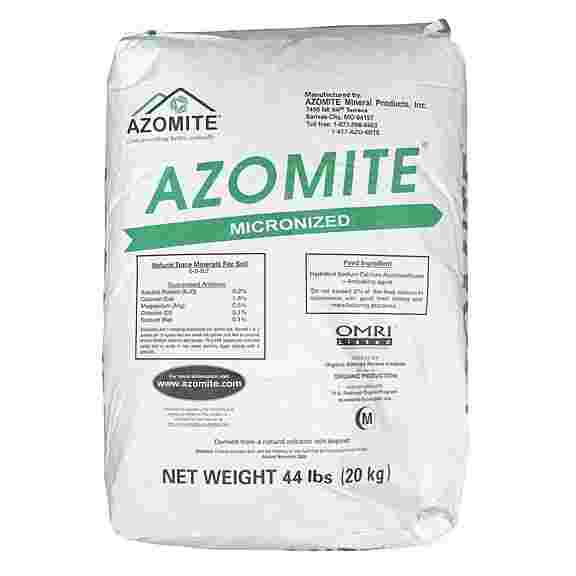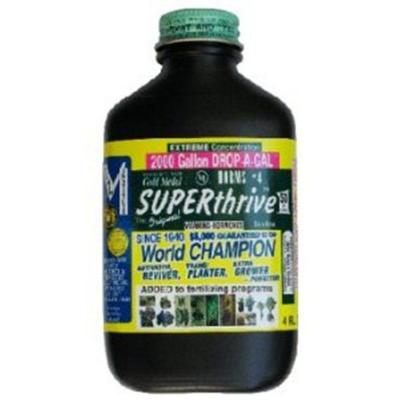Quiet Crow Bonsai
A Collection of Stellar Bonsai MusingsArticles
Care: Repotting Additives
Previously we explored three considerations – Roots, Trunk, Branches in the The Care and Raising of Bonsai. Now let's look at how important various additives and nutrients are for our bonsai. New products and thinking are always being discovered and discussed. Not long ago I was using Osmocote as an additive during my repotting until I experienced several trees that reacted badly (including died) to this flush of fertilizing early in spring
Today, I have been using several natural products with no additives, synthetics or fillers. They do not burn my trees and will not restrict aeration or water penetration. I am also experimenting with plant activators. I am sharing my approach to ensuring bonsai health throughout the years between repotting.
Mycorrhizae are fungi that have a symbiotic relationship with tree roots. Over 95% of plant species form symbiotic relationships with mycorrhizal fungi. The fungi provide nutrients and water to their host plants in exchange for carbohydrates and other goodies. Explore US Government funded research related to mycorrhizal inoculation
Many times you can find and collect the fungi in soil of established trees. Pine trees are the obvious choice. It can be spotted by its white color in the soil. To inoculate your soil, dig core samples from the root area of the established tree and mix it in with your soil. I purchase my Mycorrhizae inoculant from various bonsai vendors. Lately I sprinkle Chappy's Power Organics Root Booster directly on the roots.
Trace Minerals is natural mined rock. I use Azomite from a specific volcanic deposit in central Utah. Mineralogical, the material can be described as a rhyolitic tuff breccia, which is a hard rock formation formed from the dust of a volcano that exploded, much like when Mount St. Helens did in 1980. Its uniqueness stems from the multitude of trace minerals found in the deposit. Azomite has 67 major and trace elements, so its trade name means "A to Z Of Minerals Including Trace Elements. Chemically, it is a hydrated sodium calcium aluminosilicate (HSCAS) containing other minerals and trace elements. I have been sprinkling this pink powder (trace elements) into my soil mix when repotting for several years.
Thiamine (Vitamin B1), Naphthalene acetic acid (NAA) and Indole acetic acid (IAA) are beneficial following root trauma. These plant hormones stimulate root tip growth and division; we use them commonly for cuttings and for most potted plants after replanting. That is how we stimulate roots to form from a callus in tissue culture.
Plants need Nitrogen, Phosphorous, Potassium, Iron, Manganese, Magnesium, Zinc, water and sunlight to grow. These elements are essential for photosynthesis. I would add that plants get most of these elements through fine roots- so if you have traumatized the roots it will help to encourage new root growth.
One delightfully pragmatic rooting stimulant is homemade willow water. Operating on the theory that because willow branches root so easily when stuck in soil, some gardeners soak cut willow branches in water, and use that water as a root stimulant for all their vegetable sets and other transplants, including bonsai.
You can buy B1, NAA and IAA in solution under the names Rootone (made by GardenTech) or Growth Formula (made by Agricrop). I use Superthrive and on occasion HB101. I just add several drops to my water and water the newly potted trees until the water flows freely through the pot. In a future article I will share some of the discoveries of Plant Activators and Strengtheners.




